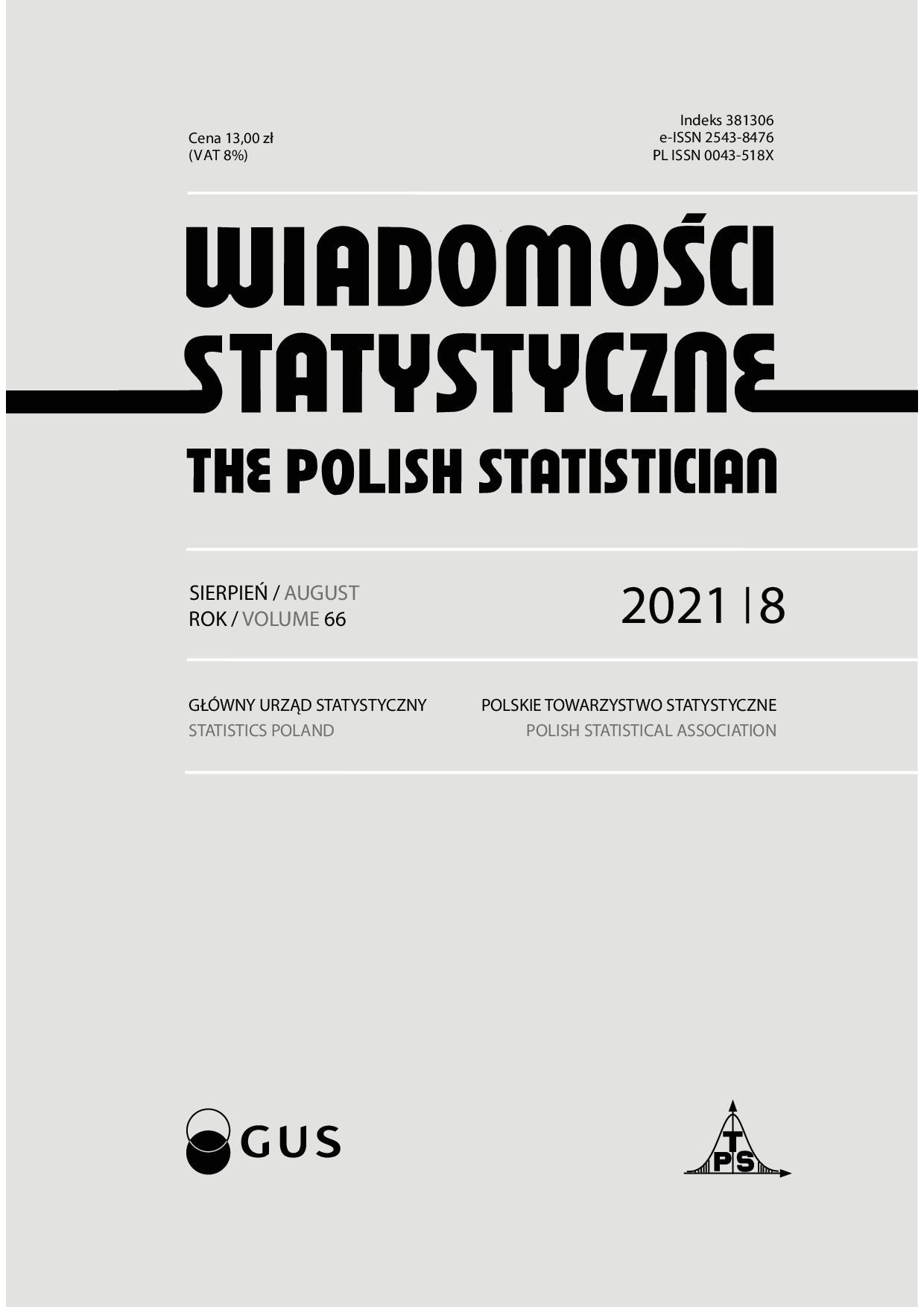Principal components of innovation performance in European Union countries
Principal components of innovation performance in European Union countries
Author(s): Agnieszka KleszczSubject(s): Socio-Economic Research
Published by: Główny Urząd Statystyczny
Keywords: innovation; European Innovation Scoreboard; EIS; principal component analysis; PCA
Summary/Abstract: Innovation is one of the main determinants of economic development. Innovative activity is very complex, thus difficult to measure. The complexity of the phenomenon poses a great challenge for researchers to understand its determinants. The article focuses on the problem of innovation-related geographical disparities among European Union countries. Moreover, it analyses the principal components of innovation determined on the basis of the European Innovation Scoreboard (EIS) dimensions. The aim of the paper is to identify the principal components of the innovation index which differentiate countries by analysing the structure of the correlation between its components. All calculations were based on indicators included in the EIS 2020 Database, containing data from the years 2012–2019. A comparative analysis of the studied countries’ innovation performance was carried out, based on the principal component analysis (PCA) method, with the purpose of finding the uncorrelated principal components of innovation which differentiate the studied countries.The results were achieved by reducing a 10-dimensional data set to a 2-dimensional one, for a simpler interpretation. The first principal component (PC1) consisted of the human resources, attractive research systems, and finance and support dimensions (understood as academia and finance). The second principal component (PC2), involving the employment impacts and linkages dimensions, was interpreted as business-related. PC1 and PC2 jointly explained 68% of the observed variance, and similar results were obtained for the 27 detailed indicators outlined in the EIS. We can therefore assume that we have an accurate representation of the information contained in the EIS data, which allows for an alternative assessment and ranking of innovation performance. The proposed simplified index, described in a 2-dimensional space, based on PC1 and PC2, makes it possible to group countries in a new way, according to their level of innovation, which offers a wide range of application, e.g. PC1 captures geographic disparities in innovation corresponding to the division between the old and new EU member states.
Journal: Wiadomości Statystyczne. The Polish Statistician
- Issue Year: 66/2021
- Issue No: 08
- Page Range: 24-45
- Page Count: 22
- Language: English

